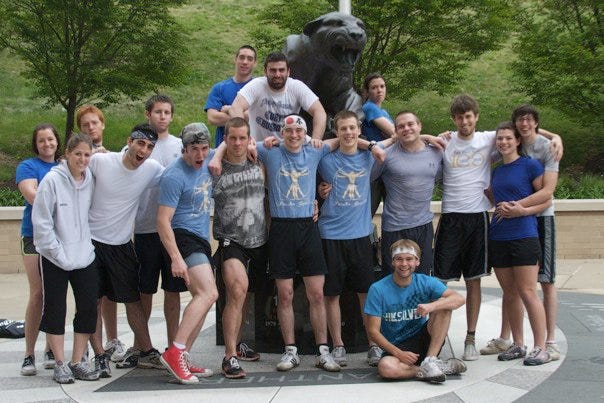I wrote this essay seven years ago for Hazlitt, a literary magazine operated by Penguin Random House.1 At the time, I was newly…
Keep reading with a 7-day free trial
Subscribe to Oliver Bateman Does the Work to keep reading this post and get 7 days of free access to the full post archives.




